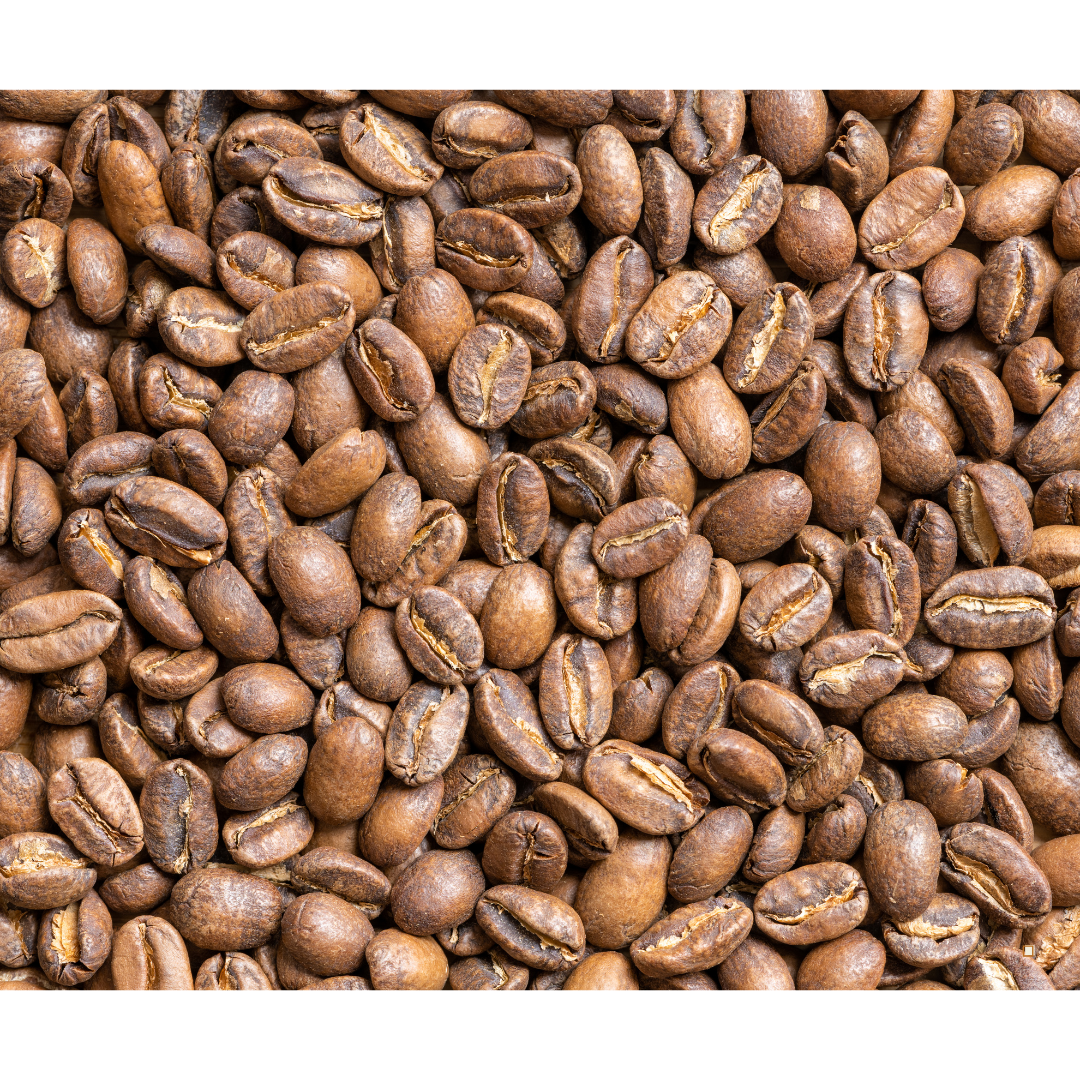
Light Roast Coffee for Espresso: Is It Possible?
When it comes to making espresso, the default choice for many coffee enthusiasts is a darker roast. However, as specialty coffee culture continues to evolve, the idea of using light roast coffee for espresso has gained traction. Can light roasts really produce a good shot of espresso, or are they too acidic and delicate for the job?
Understanding the Differences Between Light and Dark Roasts
Before we can fully explore whether light roasts work for espresso, it’s essential to understand what sets them apart from their darker counterparts. The roasting process affects many characteristics of coffee, including flavor, acidity, and solubility. Light roasts are roasted for a shorter time and at a lower temperature, which preserves many of the bean’s natural flavors and acidity. This is why light roasts are often described as bright, floral, or fruity, with a more complex flavor profile.
Dark roasts, on the other hand, undergo a longer roasting process that breaks down more of the beans' natural acids and sugars. This leads to a more robust, caramelized flavor with lower acidity. When brewing espresso, dark roasts are typically preferred because they produce a thicker body, a rich crema, and a more traditional flavor profile. Light roasts, in contrast, can be trickier to work with, but they offer a unique and exciting experience for those willing to experiment.
Challenges of Using Light Roast Coffee for Espresso
One of the primary challenges of using light roasts for espresso is achieving the right balance between flavor and acidity. Espresso is an intense and concentrated brew, which means that any imbalances in flavor can be magnified. The natural acidity of light roasts can be overpowering when concentrated in an espresso shot, leading to a sharp or sour taste. Additionally, light roasts are denser than dark roasts, which can make extraction more difficult.
The solubility of coffee compounds also plays a crucial role in how espresso is brewed. Light roast beans have a lower solubility, meaning that the flavors and oils take longer to extract. As a result, brewing espresso with light roasts often requires adjustments in grind size, temperature, and extraction time to achieve a balanced and flavorful shot.
Techniques for Brewing Light Roast Espresso
To make light roast espresso work, you’ll need to tweak your brewing variables. Here are some essential techniques to consider:
- Adjust Your Grind Size: Because light roasts are denser, you’ll need to use a finer grind to increase the surface area and ensure proper extraction. However, be careful not to make the grind too fine, as this can lead to over-extraction and a bitter taste.
- Increase Your Water Temperature: Light roasts typically benefit from higher water temperatures, usually around 200°F to 205°F (93°C to 96°C). The extra heat helps to break down the beans' complex acids and sugars, resulting in a more balanced shot.
- Experiment with Extraction Time: Light roast espresso often requires a longer extraction time to fully develop the flavors. You may need to extend the shot to 30-35 seconds, depending on the beans and your taste preferences.
- Use Freshly Roasted Beans: As with any coffee, freshness matters. Light roast beans tend to lose their delicate flavors more quickly, so make sure you’re using beans that have been roasted within the past two to four weeks.
- Adjust Your Dose: Experiment with different coffee-to-water ratios to find the right balance. A common starting point is 18-20 grams of coffee for a double shot, but you may need to adjust based on the specific characteristics of your light roast.
Flavor Profile Expectations
When done correctly, light roast espresso can be a revelation. The shot will have a different flavor profile compared to traditional dark roast espresso, with brighter acidity and more pronounced fruit and floral notes. The body may be lighter, and the crema thinner, but the complexity of flavors can make for an exciting and memorable experience. If you’re used to dark roast espresso, light roast shots may take some getting used to, but they offer a unique way to explore the intricacies of specialty coffee.
Light roast espresso is often appreciated for its clarity and complexity, making it ideal for drinkers who enjoy tasting every nuance in their cup. However, because of the higher acidity, it’s important to pair light roast espresso carefully with milk if you’re making drinks like lattes or cappuccinos. The milk can mellow out the acidity, but it may also mask some of the bean's delicate flavors.
Why Experiment with Light Roast Coffee for Espresso?
One reason to experiment with light roast coffee for espresso is the opportunity to discover a new range of flavors. If you’re a coffee enthusiast who enjoys exploring the subtleties of single-origin beans, light roast espresso can be an exciting adventure. By mastering the techniques needed to brew a balanced shot, you can appreciate the unique characteristics of each bean and gain a deeper understanding of how different origins impact flavor.
Perfecting Your Espresso Game with Light Roast Coffee
Perfecting your espresso skills with light roast coffee requires patience, experimentation, and a willingness to step outside of traditional brewing norms. While it may take some trial and error, the reward is a vibrant and complex shot that showcases the bean's origin and natural flavors. At Frontier Coffee Roasters, we encourage you to explore the world of light roast espresso and experience the unique flavors that come from high-quality, carefully roasted beans. Whether you’re a seasoned barista or a home brewing enthusiast, the journey is well worth the effort.

